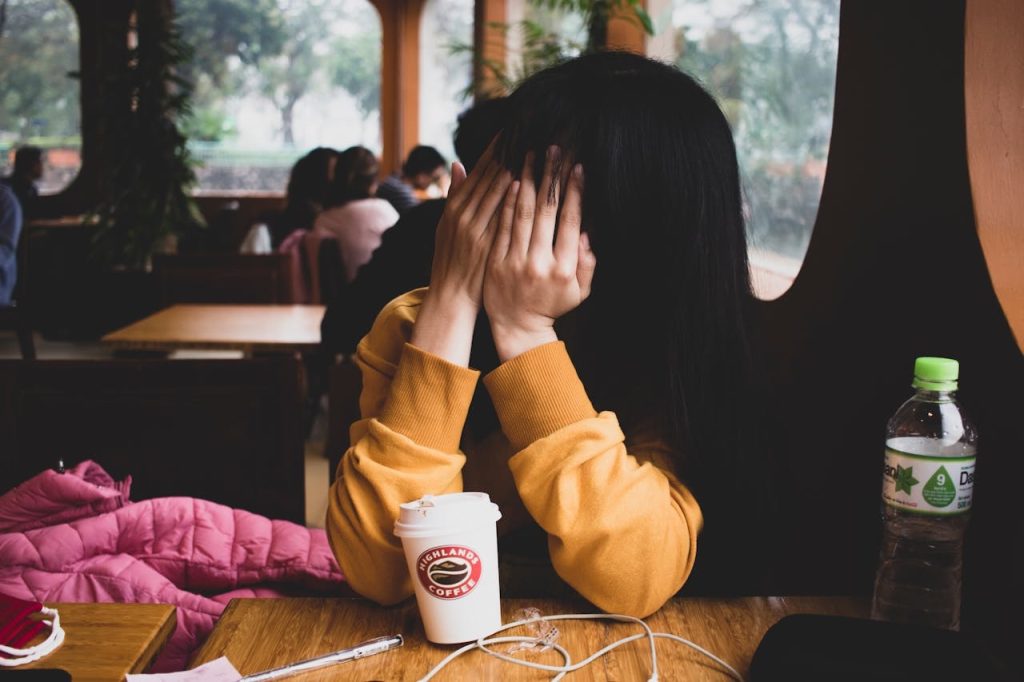
We develop self-consciousness when we start to see ourselves objectively, stepping out of our own experience to imagine how others perceive us. This ability to see ourselves from an outsider’s perspective is an important developmental step. Those who lack awareness of how others perceive them, or are oblivious to their effect on others miss a crucial piece of social information needed for healthy relationships and interactions.
The ability to imagine how we come across to others often begins with our first experiences as an outsider or observer. This might occur when a child realizes their parents have a relationship separate from them, or when they watch others interacting while they look on. If this exclusion is non-traumatic and occurs in the context of feeling loved and included enough of the time, with caregivers who are sensitive to these feelings without preventing them completely, important learning takes place. Observing ourselves as others might see us, and understanding that people see us from a vantage point different from our own helps us orient to the external world and modulate expressions of our inner experiences in socially acceptable ways.
Conversely, when being an outsider or having our inner reality unattended to happens chronically or traumatically, we may struggle to ever express ourselves unabashedly from the inside out. This inhibition can hinder spontaneity, carefreeness, joining in comfortably with others. Taking the initiative in social situations can feel excruciating, as can be asking for our needs to be met by others. We may develop a tendency to remain on the periphery around others while secretly feeling sad, insecure, inadequate, or lonely. Feeling like a fraud, living undercover, or overanalyzing interactions can be a painful burden, leading to significant inner tension and loneliness.
Families that invalidate or judge a child’s inner experiences or expressions of spontaneity, or excessively focus on image, teach a person to live in hiding and fear of judgment by others. Additionally, a shy or anxious temperament coupled with an active imagination can lead a person to experience exaggerated worries about how others see them. Being bullied or rejected, or having a sensitivity to rejection, can also foster a need to hide one’s inner self from others due to fears of exposure, embarrassment, or humiliation. Embarrassment about one’s family or parents can also subconsciously contribute to self-consciousness as well.
Learning to live more freely, loosen up in social settings, and build less painful narratives in one’s imagination can be liberating and make living more enjoyable. Therapy is often a place where important exposure experiences and reality checks can begin to take place, since therapy is all about sharing our inner selves with someone else. Opening up about inner fears and self consciousness can feel really vulnerable, so you can do it just a little bit at a time until it becomes easier. I hope those who struggle with this will give therapy a try!
